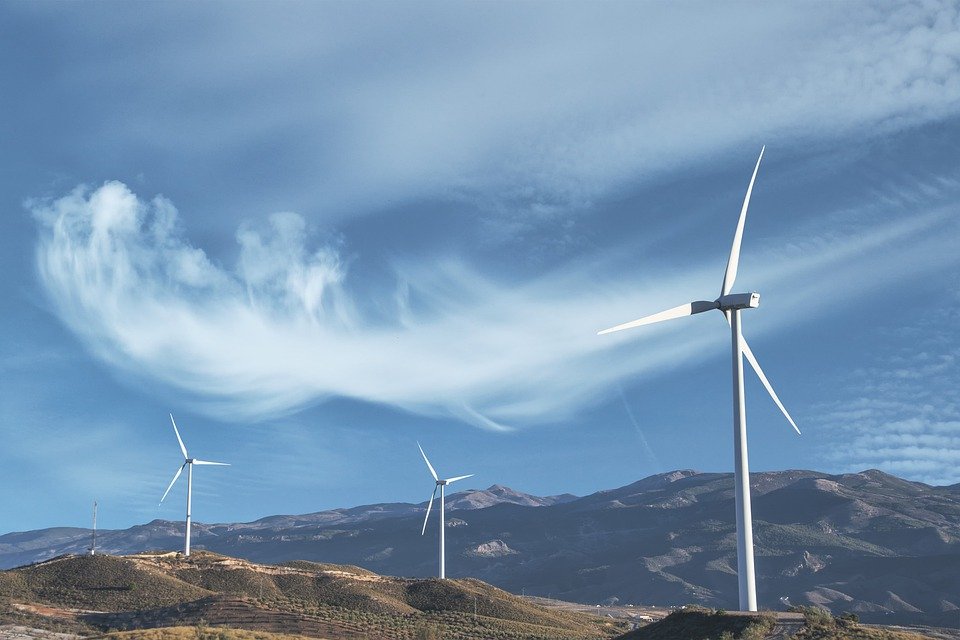
Information about Energy Price Rises
The price cap increase has recently dominated all the UK’s media. We brought together experts working on different National Energy Foundation’s projects in order to clear up any questions you might have about the energy crisis, as well as advise residents as to what actions they should or should not take.
What is happening and why?
Let’s start with the basics. Ofgem, which is the energy market regulator, first set the price cap on 1 January 2019, with an aim of limiting the maximum amount that energy suppliers can charge for every unit of gas, electricity, and the standing charge. Nevertheless, following the latest announcement, everyone will end up paying more. Why?
According to Ofgem, there are various reasons why we’re experiencing an increased demand for gas. The global economic recovery and the increased demand from Asia, as well as the very cold winter in Europe, with millions of people needing to heat their homes, are just some of the reasons why there’s less gas available on the market (Ofgem, 2021). As increased demand causes greater prices, this is also linked to the increase in prices for carbon allowances, which are a financial tool that aims to lower the amount of greenhouse gas emissions in Europe.
This all influences the fact that gas is now much more expensive than a year or 2 years ago, impacting the wholesale electricity prices. UK’s residents will in turn need to pay much more for their energy bills, with many already struggling due to inflation and the rising cost of living. But what do we know so far about how the prices will change?
The most recent update
Energy regulator Ofgem has announced that the energy price cap on gas and electricity will rise by 54% from 1 April 2022. On typical use, it’s set to increase from £1,277/year for a household paying by direct debit to £1,971 – adding £693/year to the average bill. If you are on a pre-payment meter the cap has been increased to £2,017/year for a typical household.
For clarity, this doesn’t mean that is what everyone will pay. It’s the unit rates that are capped, so if you use more, you’ll pay more. It only applies to providers’ standard and default tariffs, so if you’re on a fixed-term energy deal, the cap doesn’t apply. If you’ve not switched in the last year or so, it’s likely you’re on default or standard variable tariff and subject to the price cap.
In most cases, if your supplier has gone bust, your existing tariff with that supplier will end, and Ofgem will pick a new supplier to take over. Your new tariff with the new supplier will be protected by the price cap.
What should do you?
You can have a look at a recent bill or contact your supplier to check what tariff you are on. Then you can use the Uswitch quick check service to find out if you should stick with your current supplier and tariff – https://www.uswitch.com/gas-electricity/guides/how-to-switch-gas-and-electricity/
If you’re offered a fix that’s no more than 44% more expensive than your current price-capped tariff, it’s worth considering – especially if you value price certainty. Once the new price cap comes into force on 1st April, we’ll be in a better position to see if fixed tariffs are higher than the new price cap, in line, or cheaper. Fixing right now will give you certainty on the unit price for the length of your deal. Not fixing will give you flexibility if better deals become available. Click here to find out more – https://www.moneysavingexpert.com/utilities/cheap-gas-and-electricity/
Whatever you decide, make sure you are giving regular meter readings to your supplier as otherwise your bill will be estimated, and you could end up being overcharged. You can ask your supplier to fit a smart meter which will automatically send them readings. If you are having difficulty reading your meter, please let us know and we may be able to help.
Who will be the most affected?
All the above is useful to those of us with stable jobs and incomes, but we can’t forget about those who have been struggling with their energy bills even before the price cap increase. It’s estimated that the increase in the energy price cap will put another 1.5 million households into fuel poverty, adding up to the existing 4 million households that were in fuel poverty as of October 2021 (National Energy Action, 2022). This leaves more families having to choose between food and heating, with catastrophic consequences for both people’s health and the UK’s health services.
Sources:
MoneySavingExpert, 2022 – https://www.moneysavingexpert.com/utilities/cheap-gas-and-electricity/
National Energy Action, 2022 – National Energy Action (NEA) | Energy Crisis
Ofgem, 2021 – Default tariff cap update from 1 October 2021 (ofgem.gov.uk)
Source: yougen.co.uk






